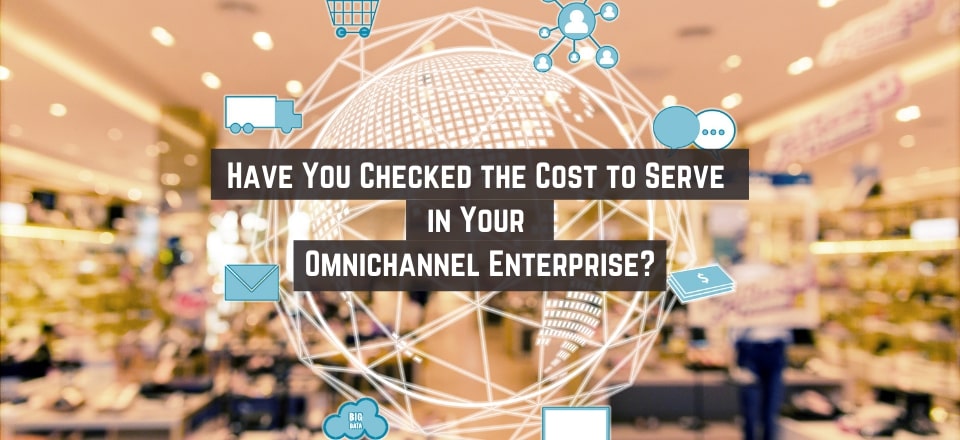In the wake of the Coronavirus crisis, a significant number of retail enterprises have taken their business online, adding to the already vast array of online shopping opportunities for consumers. Ecommerce competition was already fierce before the pandemic curbed consumer enthusiasm for in-store shopping, and now, it is even more so.
If yours is one of those businesses shifting from traditional to online retail, you’ve probably faced some of the logistical challenges arising from the need to deliver your customers’ purchases to them.
It’s also possible that you made the transition to multichannel retail in a hurry, as many retailers did in response to lockdowns, social distancing and movement restrictions, and shoppers’ growing preference for buying online.
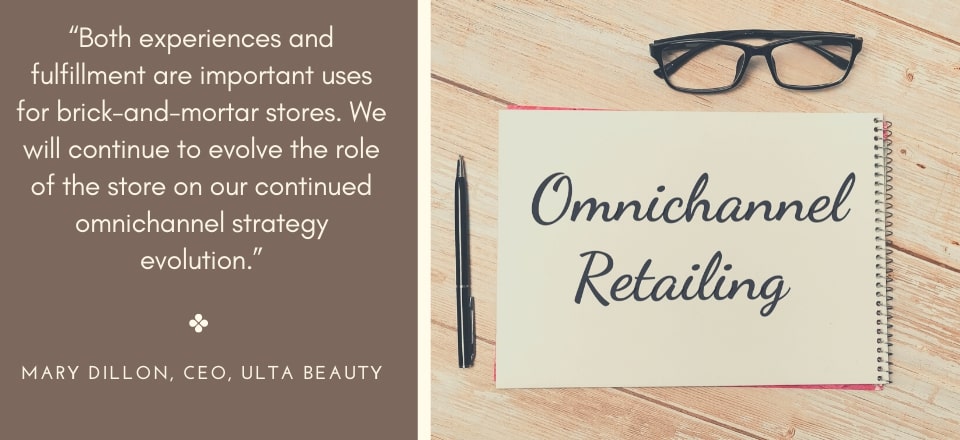
Perhaps you haven’t had much opportunity, amid the turmoil, to consider the cost to serve your online customers. If you plan to continue your omnichannel retail operation, though, and compete successfully with pure-play etailers, it’s something you will need to get a handle on.
The tips in this article will help you know how to identify the customers, products, and processes that might be inflating your cost to serve (CTS) unnecessarily.
High Cost to Serve: It’s an Omnichannel Problem
Let’s begin with a look at why, in general, retailers with multiple sales channels are more likely to experience difficulties in reducing cost-to-serve. If it were simply the fact that online sales typically involve home delivery, then omnichannel sellers would have no more cost-to-serve challenges than their pure-play online competitors.
However, research has shown that omnichannel retailers often contend with tight profit margins, while profits for retailers operating 100% online are increasing.
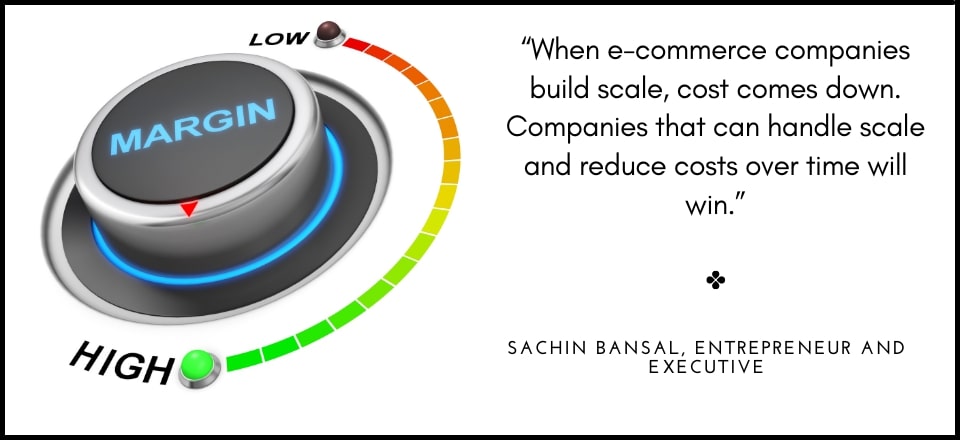
Naturally, overall cost-to-serve will be higher for online than in-store sales due to the added expense involved in picking, packing, and delivering customers’ purchases. Those expenses can increase the cost to serve by a considerable amount.
For example:
- Compared to selling a product in-store, the cost to deliver that same item as a small parcel can be several times higher.
- For a large parcel, that difference can double.
- For the online sale and same-day delivery of a grocery item, the CTS can approach a rate 25-times higher than when a customer carries out the same SKU from a traditional supermarket.
The above examples reflect costs that include picking, packing, and last-mile delivery. Despite these expenses, though, it seems that pure-play online retailers have been more successful in getting to grips with their logistics costs than those combining ecommerce with traditional, face-to-face retail.
Omnichannel Challenges that Can Increase Cost to Serve
The most likely reason for the difference is the complexity of sales and distribution through multiple channels. If your enterprise is new to trading in a multichannel environment, you may have experienced challenges in the following areas:
Supply chain visibility: Omnichannel distribution networks can be complex and fragmented. Unless your company has already invested in the processes and technology to support the addition of online retail logistics to your channel strategy, attaining a single view of your inventory and customers could prove difficult.
Increased variability: New competitors, variances in customer demand, additional volatility—all these factors can affect your cost to serve as you diversify your sales and distribution strategies. While none of them will be new to retailer businesses created purely for ecommerce, they add a disruptive element to cost control when merging online and traditional retail operations.
Additional network complexity: It can be troublesome to juggle inventories for conventional and digital retail sales channels. You may have added new products to your range, engaged new suppliers, or begun working with third-party logistics providers. Again, these are changes that can add to your cost-to-serve, and, during your transition, you might not have had time to look for ways to reduce expenditure.
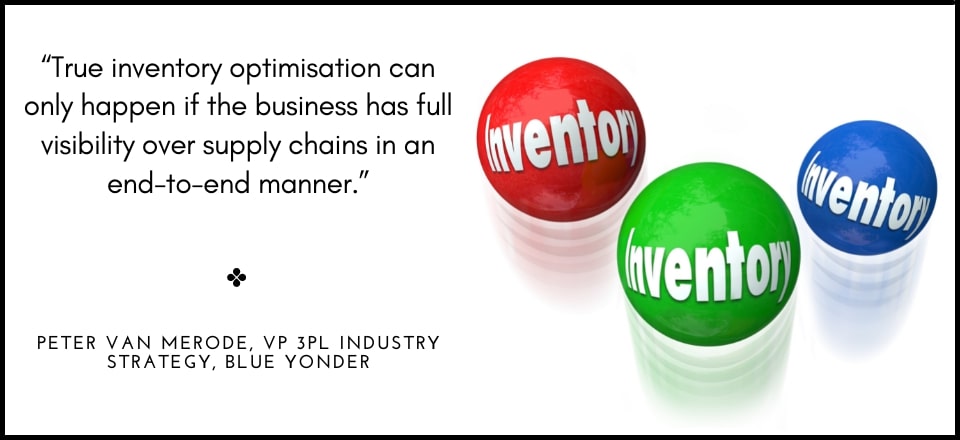
Where to Start Looking for Cost-to-Serve Reductions
The drivers of service costs come in several guises. They can relate to specific customers, products, distribution channels, and processes. These are the primary areas to begin identifying higher-cost elements and seeking solutions to tackle them.
For example, you might approach the task by addressing the following questions:
- Which customers drive the most, and the least, profits?
- Which products (SKUs) are the most, and the least, profitable?
- What elements of distribution through each channel incur the highest, and lowest, costs?
- Which process steps cost the most, and the least, to complete?
Detailed cost-to-serve analysis can be complex and time-consuming, so it’s a good idea to break the task down by priority and target specific areas on which to concentrate.
Identifying Cost Elements and Drivers
You might begin by looking at your SKUs, for instance. To do so, you will need to map the sequences of activities involved in serving your customers who buy those particular SKUs.
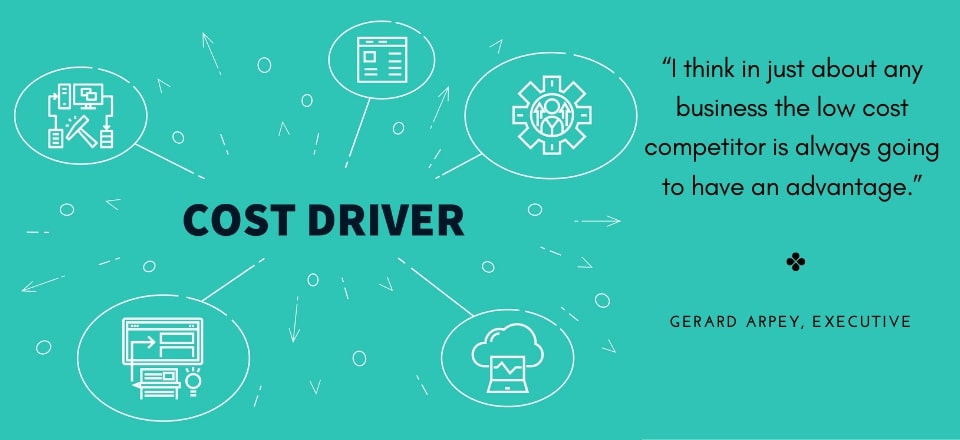
After mapping the processes, you must assign all the cost elements associated with each process step, and link the drivers of those costs. Typical cost elements involved in a process step for supplying a single SKU might include:
- Labour (purchasing, receiving, putting away, picking, dispatching, transporting, in-store management, online order management)
- Equipment use
- Storage of the SKU
- Services that you pay for (such as third-party logistics)
Drivers of these costs can be aspects that add value to your products and services, but more often than not, they are non-value-adding burdens, typical of which are:
- Time – in the form of process bottlenecks or inefficiencies
- Waste – which can be time-related, or associated with stock damages or loss
- Rework – due to errors
- Supplier and vendor pricing
- Customer behaviour
The list above is not exhaustive but merely provides some notable examples of cost drivers. If you can identify them, it should be possible to change your omnichannel processes to reduce or even eliminate some of them and lower the cost-to-serve related to a particular SKU.
Don’t Drown in Complexity
I already mentioned that in-depth cost-to-serve analysis could be time and labour-intensive, and the broader the range of products you sell, the more complex the process becomes.
To make things easier, it might be worth considering an investment in some analytics software to speed up the process, and of course, you won’t look at every SKU or customer.
You will probably find, from your initial analysis, that your cost-to-serve follows the 80/20 rule. Hence it will be the 20% of your customers, SKUs, and processes that you find least profitable (some of them may even be loss-makers), which will be the focus of your deeper investigation.
Considerations for Addressing Omnichannel Cost to Serve
Occasionally at Logistics Bureau, we get asked to help clients who have worked on CTS improvement and found that overall cost-reduction benefits are not materializing despite accurate targeting of improvement areas.
After exhausting much time and effort in analysing your omnichannel cost-to-serve, it can be disheartening when improvements are not forthcoming. Could it just be that the addition of online sales to your business model brings extra costs that cannot be mitigated despite the best of efforts?
To answer that question, I would remind you of the research findings I mentioned earlier in this article. Pure-play online sellers typically perform better on cost-to-serve than their omnichannel peers. That’s a strong indicator that improvements are there for the taking, but you need to exercise care in how you go about it.
Why Modeling Makes Sense
The retail supply chain is such a closely interconnected ecosystem that it’s all too easy for a successful move to reduce costs in one area to have an adverse effect elsewhere. That can be especially true in the omnichannel environment when that all-important single view of customers and inventory has not been established.
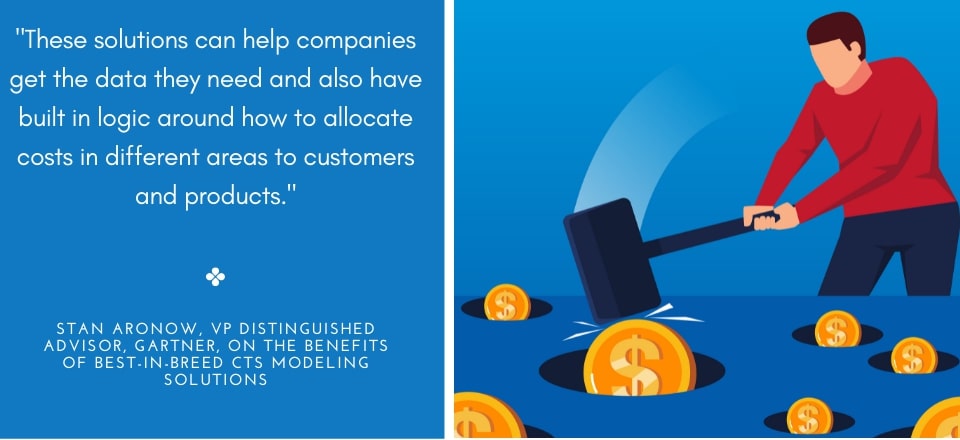
Therefore, before implementing any measure to reduce cost-to-serve in a specific area, it’s critical to model the planned change and assess the potential impacts elsewhere.
I’ve often encouraged readers of this blog to use simple spreadsheet analysis when addressing cost to serve because it’s a pragmatic solution that can yield tangible benefits in the absence of more sophisticated tools. However, Excel might not provide a broad enough spectrum of coverage for a multichannel enterprise.
Therefore, specialised modeling software could prove more appropriate for your omnichannel operation, assisting you, for example, to see where improvements in one part of the supply chain might negatively impact other areas.
Nevertheless, cost-to-serve studies often reveal a surprising ratio of non-profitable to profitable customers and SKUs. It’s not unusual to find that 10% of orders lose money when the costs to fulfill them are considered. It’s not hard to see, then, why CTS analysis is worthwhile, even if some technology-related investment is necessary to enable it.
The Benefits of a CTS Diagnostics Service
What if your company doesn’t have the necessary digital technology, or the expertise in place, to model a range of CTS scenarios?
Fortunately, there is another way to achieve the benefits of reduced cost-to-serve—and to minimise the risks of unintentionally achieving them without pushing up costs in other parts of your supply chain. You can always enlist the help of an external consulting team to carry out an analysis for your business.
For example, at Logistics Bureau, we’ve been helping clients reduce cost-to-serve for many years, and have developed a proven methodology and technological capabilities to do so quickly and accurately.
Instead of stretching your resources to work piecemeal at CTS reduction when opportunities arise, why not let us execute a profitability diagnostic program to determine your cost to serve and identify unprofitable customers and SKUs.

We’ll also show you which elements of your online sales and logistics operation are hiding cost-reduction opportunities, and help you integrate your traditional and digital channels more cost-effectively.
After the Shock, It’s Time to Refine
Now is the right time to address your omnichannel costs-to-serve while the commercial world is adjusting to new ways of meeting demand. With the initial shock of the COVID-19 pandemic behind us, many retailers will be starting to peel off the sticking plasters and apply permanent adjustment measures.
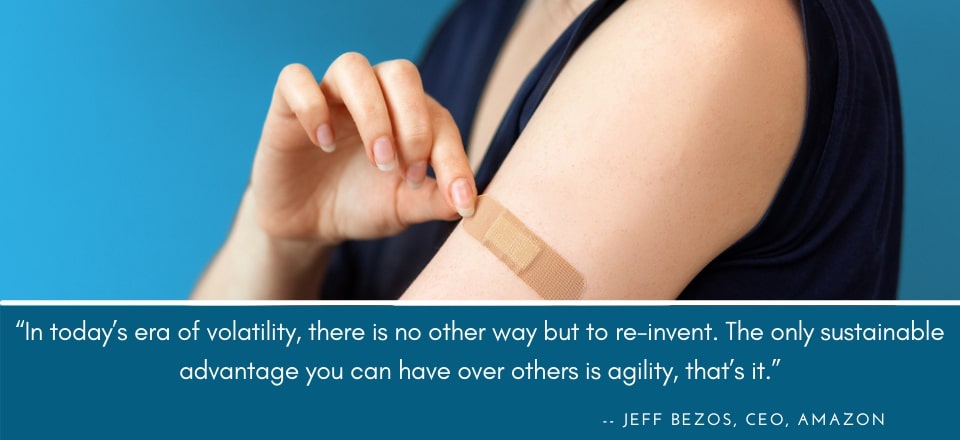
Don’t be left behind with a logistics operation hastily adapted to the age of social distancing and contactless sales. Exploit the new opportunities presented by changing consumer behaviours, by all means, but do so without unnecessary costs eating into your margins.
We’re ready to help with a comprehensive profitability check for your supply chain. To find out more, visit our logistics diagnostics pages, or contact us for an initial free consultation over the phone, and let’s see how we can cut your cost to serve and make your business more profitable.
Editor’s Note: This post was originally published on June 01, 2021, under the title “Omnichannel Retail and the Cost to Serve Online Customers” on Logistics Bureau’s website.

Best Regards,
Rob O’Byrne
Email: robyrne@logisticsbureau.com
Phone: +61 417 417 307


